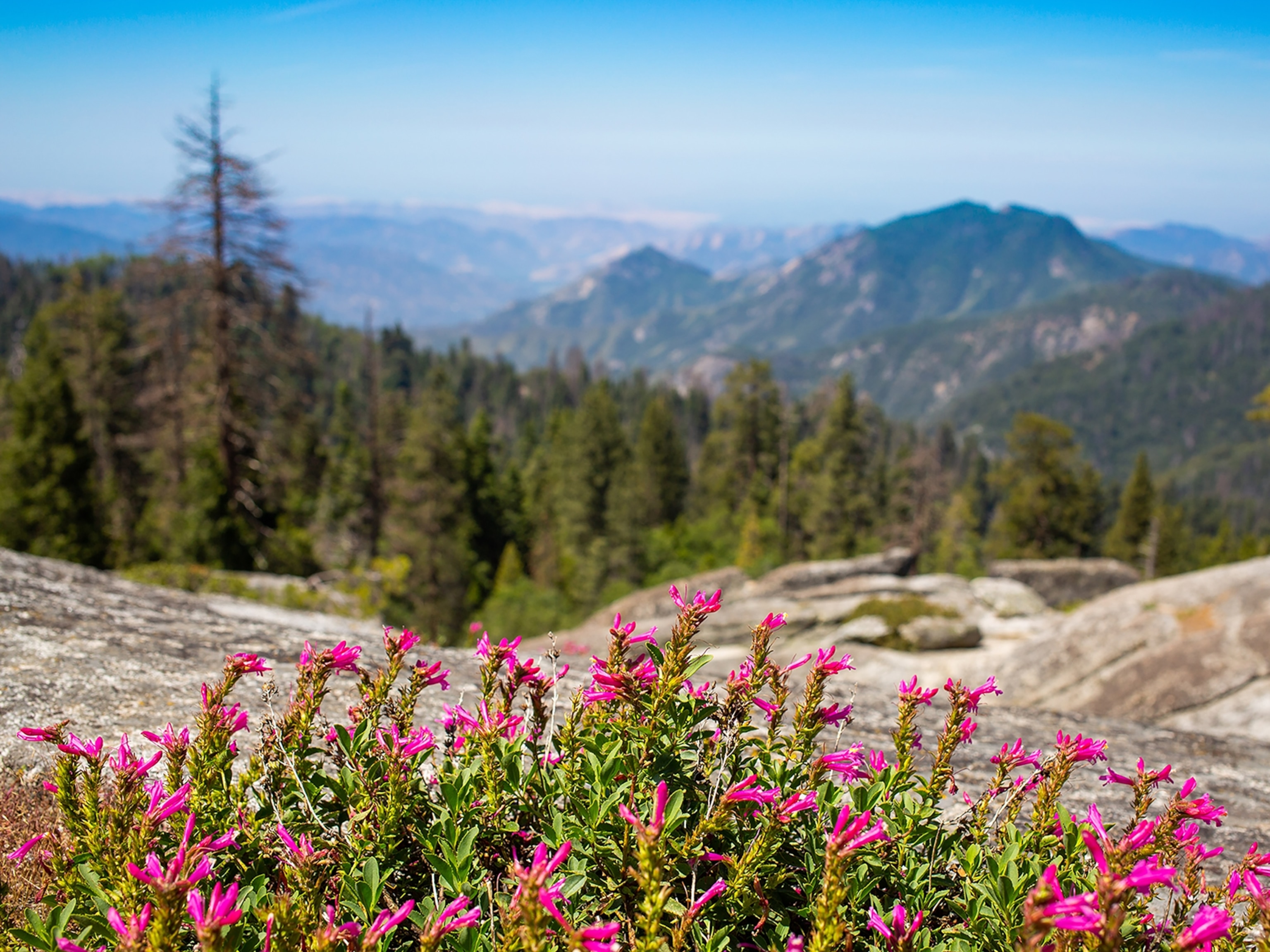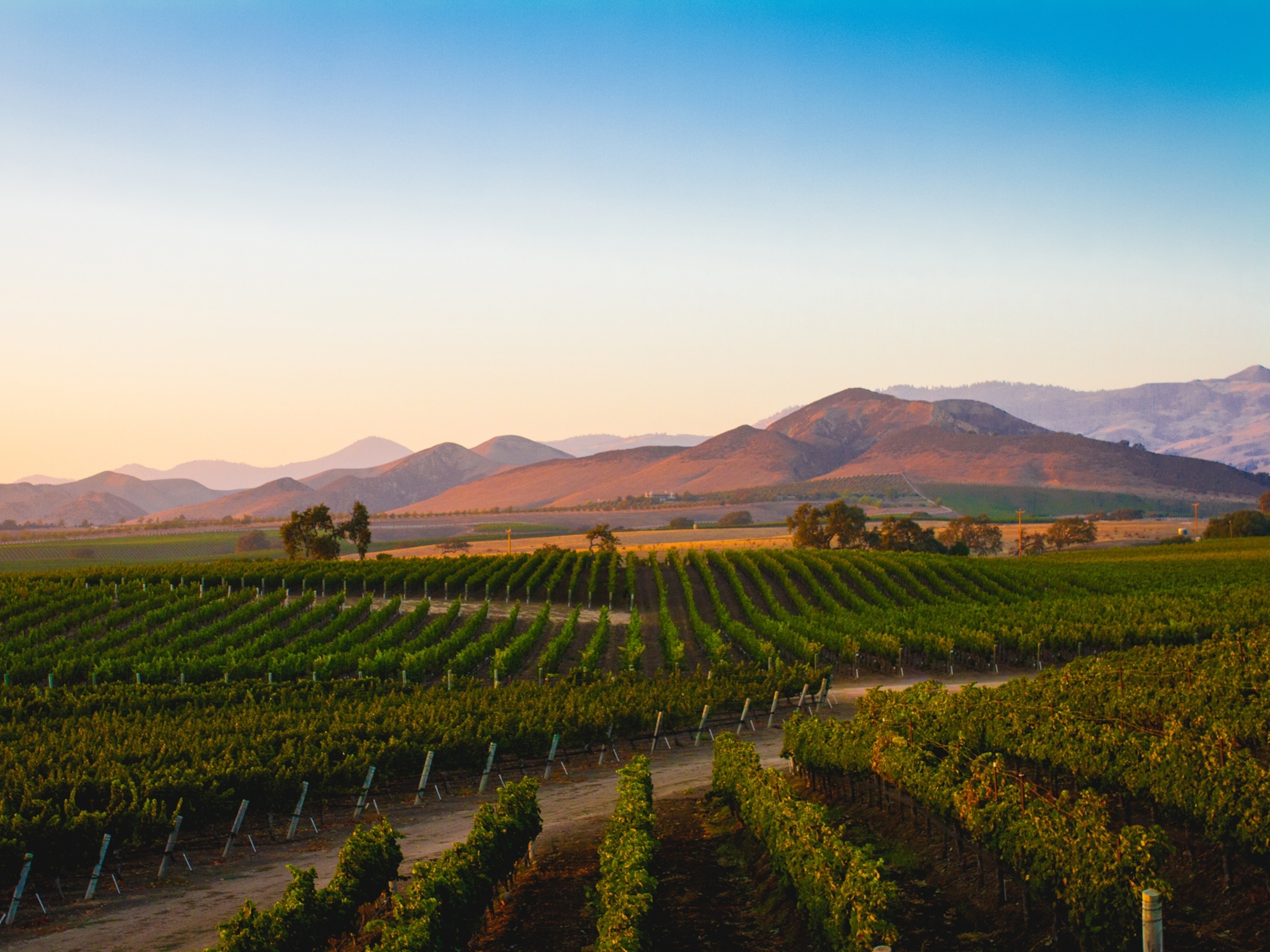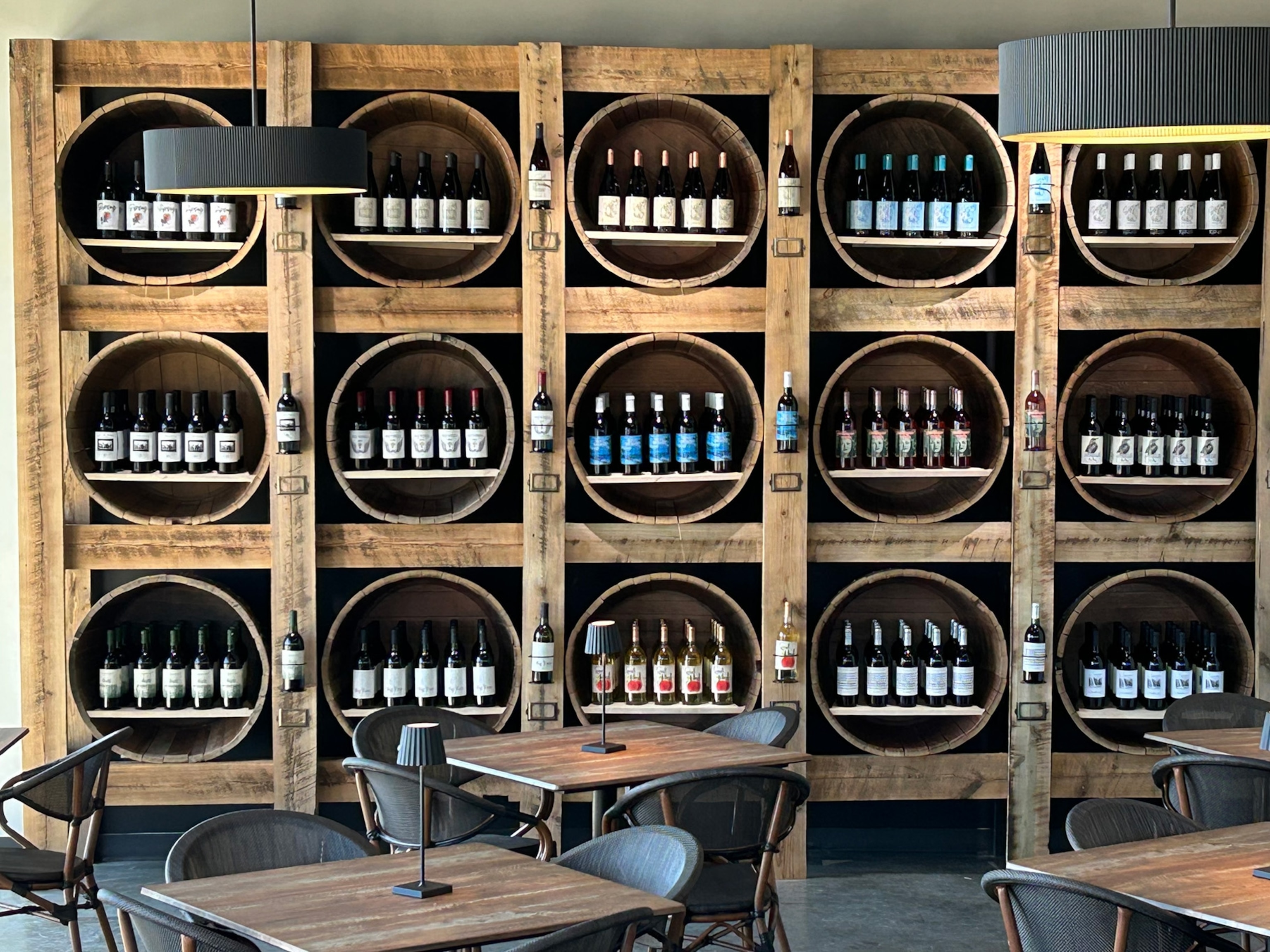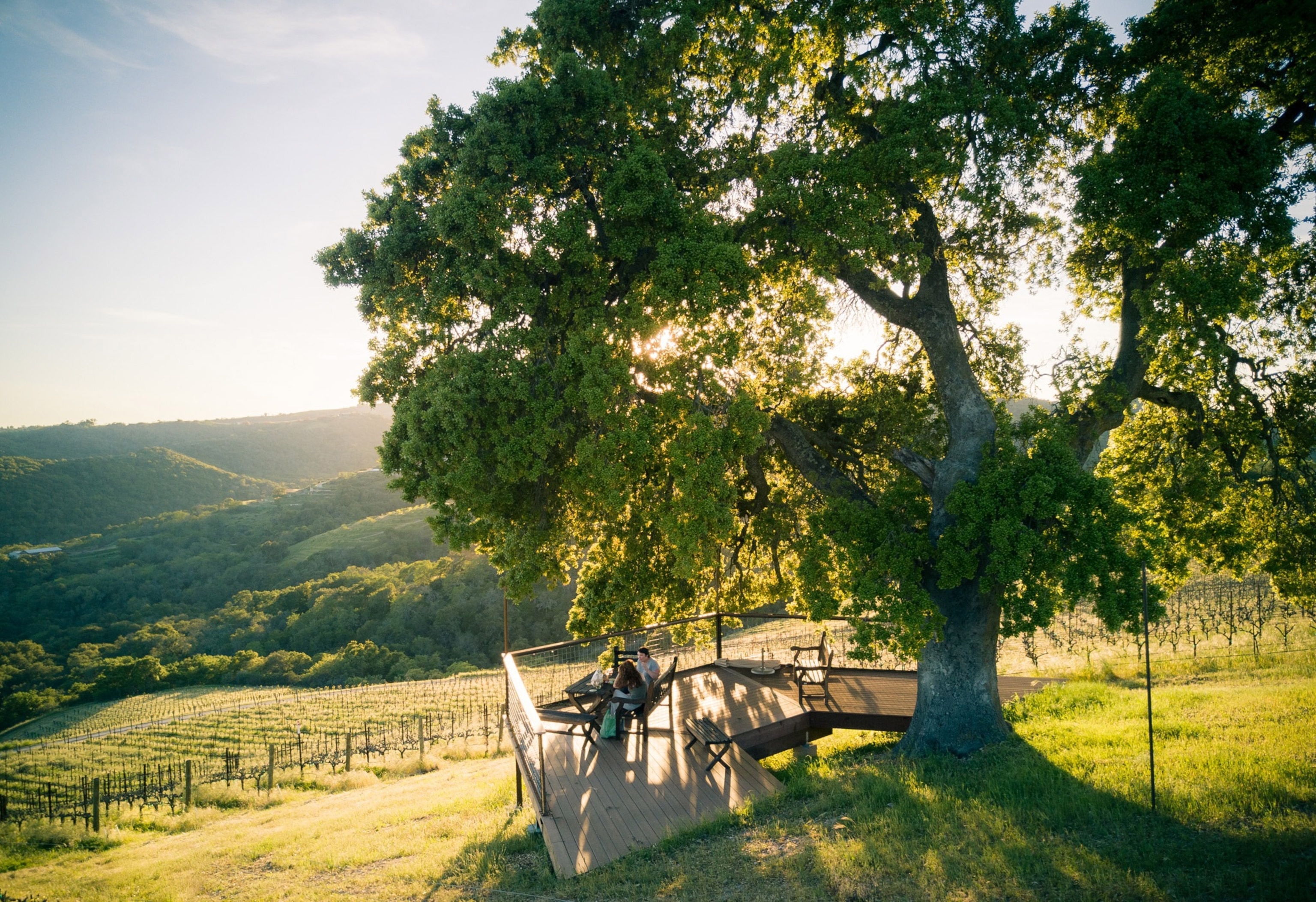
Why the Central Coast is California’s next great wine destination
In Paso Robles, an adventurous spirit is inspiring a community of sustainable-minded winemakers, distillers, and brewers.
Between the well-trafficked California wine regions of Napa and Sonoma to the north, and Santa Barbara to the south, Paso Robles, on the Central Coast, is creating a booming booze scene attracting 1.4 million visitors each year. Gastronomic trailblazers are turning the scenic town into a laid-back alternative for alfresco wine tastings, gin sipping, and craft beer flights.
Originally named El Paso de Robles, or “The Pass of the Oaks,” the town and its surrounding hillsides and canyons have been spared the devastating fires that have recently struck Sonoma and other farming regions. Here, a mix of tradition and experimentation breeds a community of mavericks.
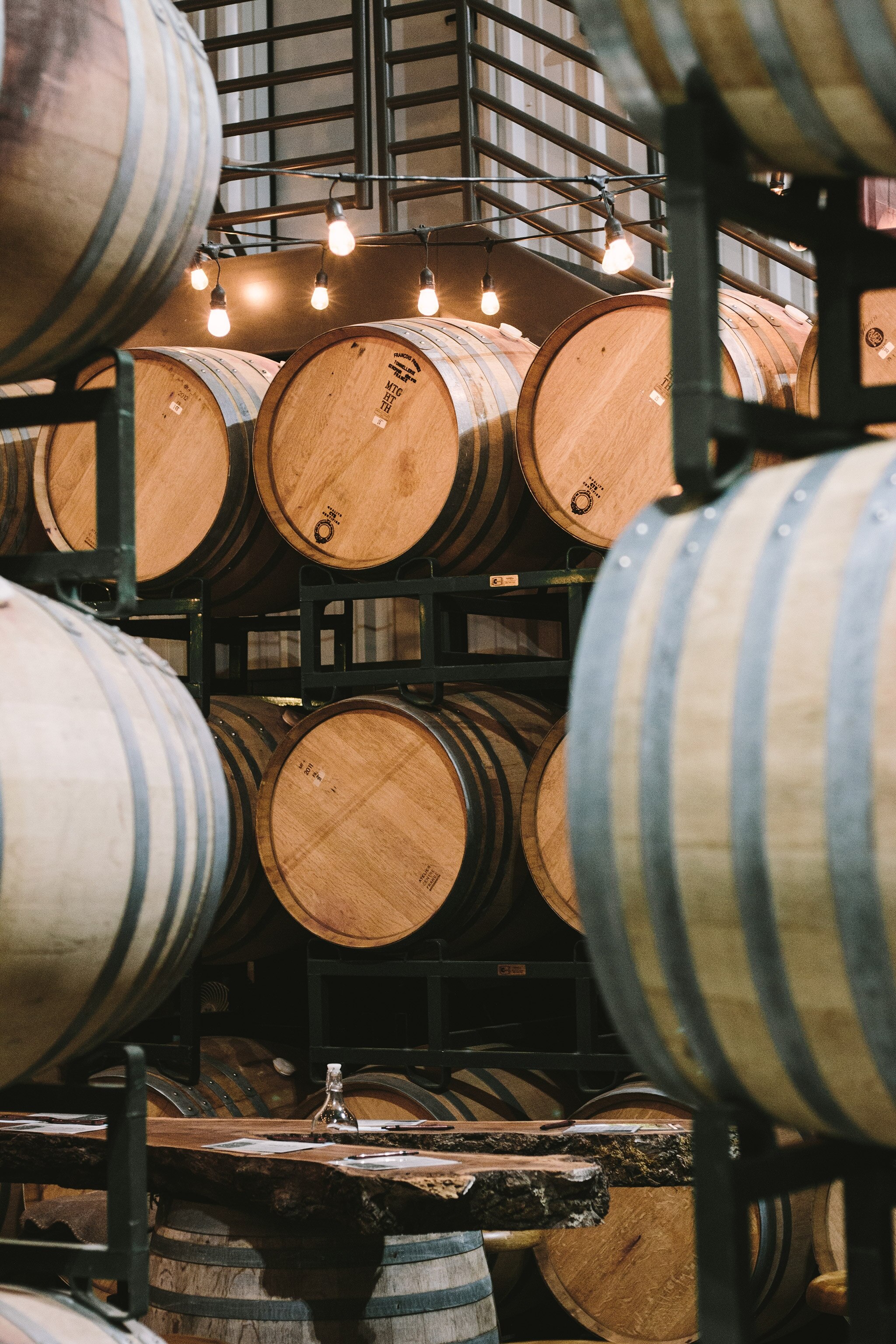
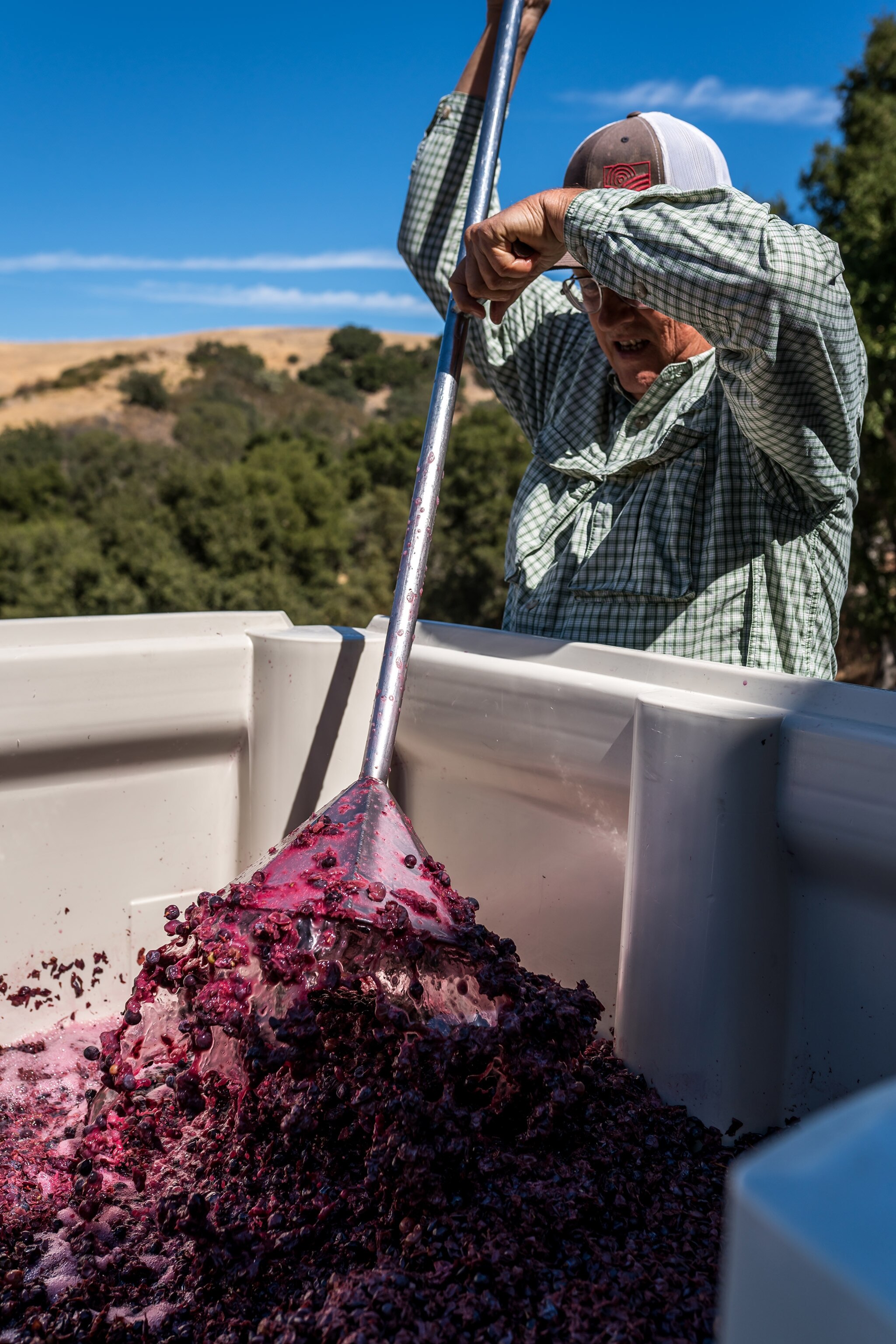
Breaking the rules
Native Chumash and Salinan Indians have lived in the Central Coast for centuries. When Spanish Franciscan friars settled missions here in the 1700s, the Salinan Indians, who called the region “The Springs,” shared their knowledge of the health benefits of the surrounding thermal waters. In time, an agricultural boom led to cattle ranching, farming, and wine grape growing.
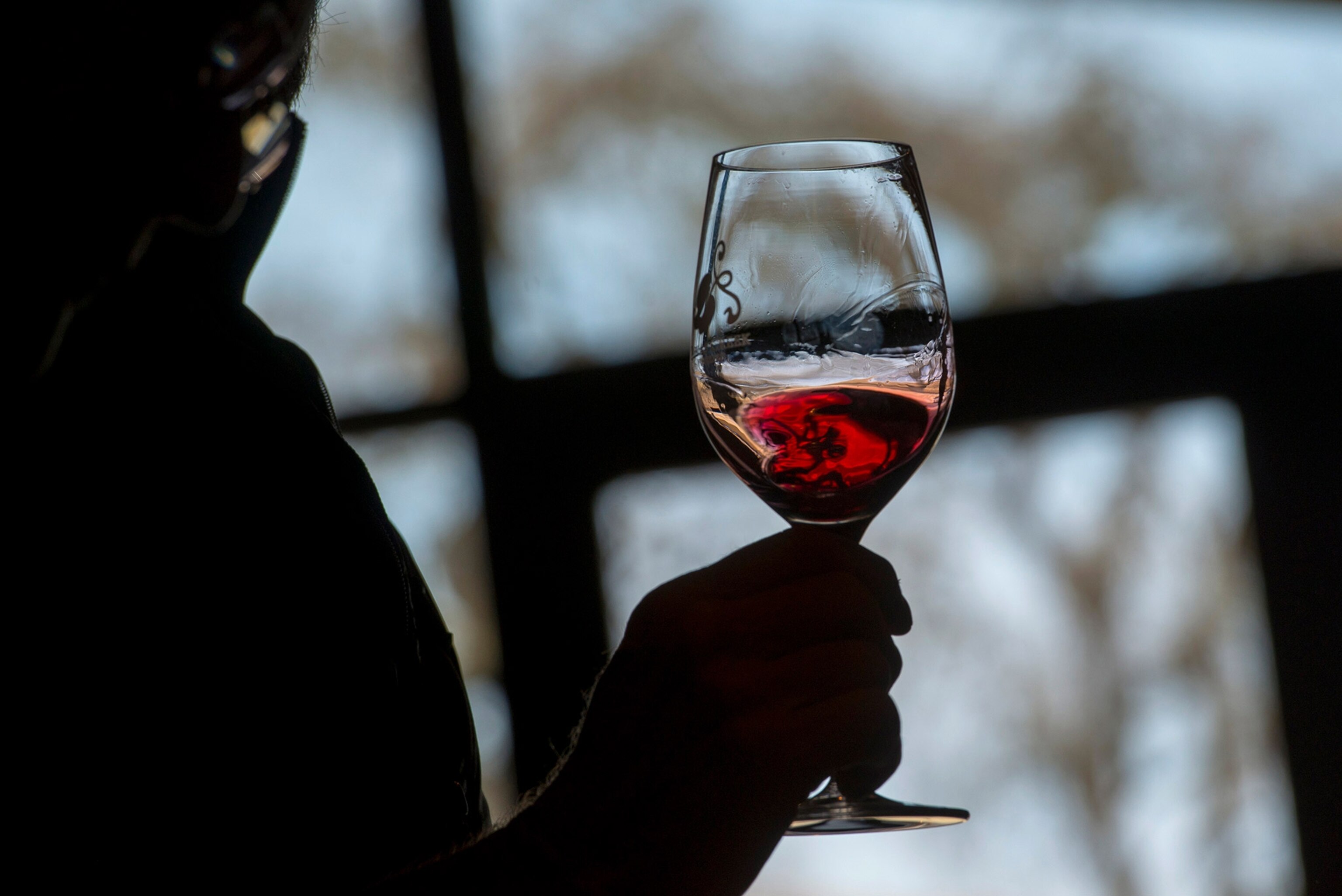
In the last 20 years, the number of wineries has swelled from 100 to more than 250. Today nearly 40,000 acres of vineyards blanket the region, and the climate fosters more than 60 grape varietals. Local vintners say it’s all due to a community of visionaries and Paso Robles’s unique terroir.
“[Paso] is attracting talent from all over the world,” says Kevin Jussila, owner and winemaker at kukkula. “But there’s a bit of a rebel attitude here. We appreciate tradition but also love to experiment and ask why we shouldn’t break the rules.”
Meaning “high place” in Finnish, kukkula is one of Paso Robles’s few “dry farms,” which pull off the rare feat of harvesting without irrigation. This type of viticulture produces intensely aromatic wines that reflect how the cultivation changes from year to year.
At AmByth Estates, the natural winemakers, who call themselves “progressive regressive,” use amphora pots to produce robust vintages, an aging tradition that dates back to ancient Rome. Tablas Creek pioneered Rhone varietals early on; now it leads the way in biodynamic farming with a full-time goat shepherd, whose flock maintains cover crop and provides natural fertilization.
Turning grapes into gin
Wine isn’t the only alcohol making a splash in Paso Robles. A few wineries also dabble in distilling, which reduces waste from the wine-making process. Made from excess grape juice (or saignée), grappa and brandy are plentiful. But some distillers are branching out to formulate grape-based gins, a silky spirit typically sipped over ice.
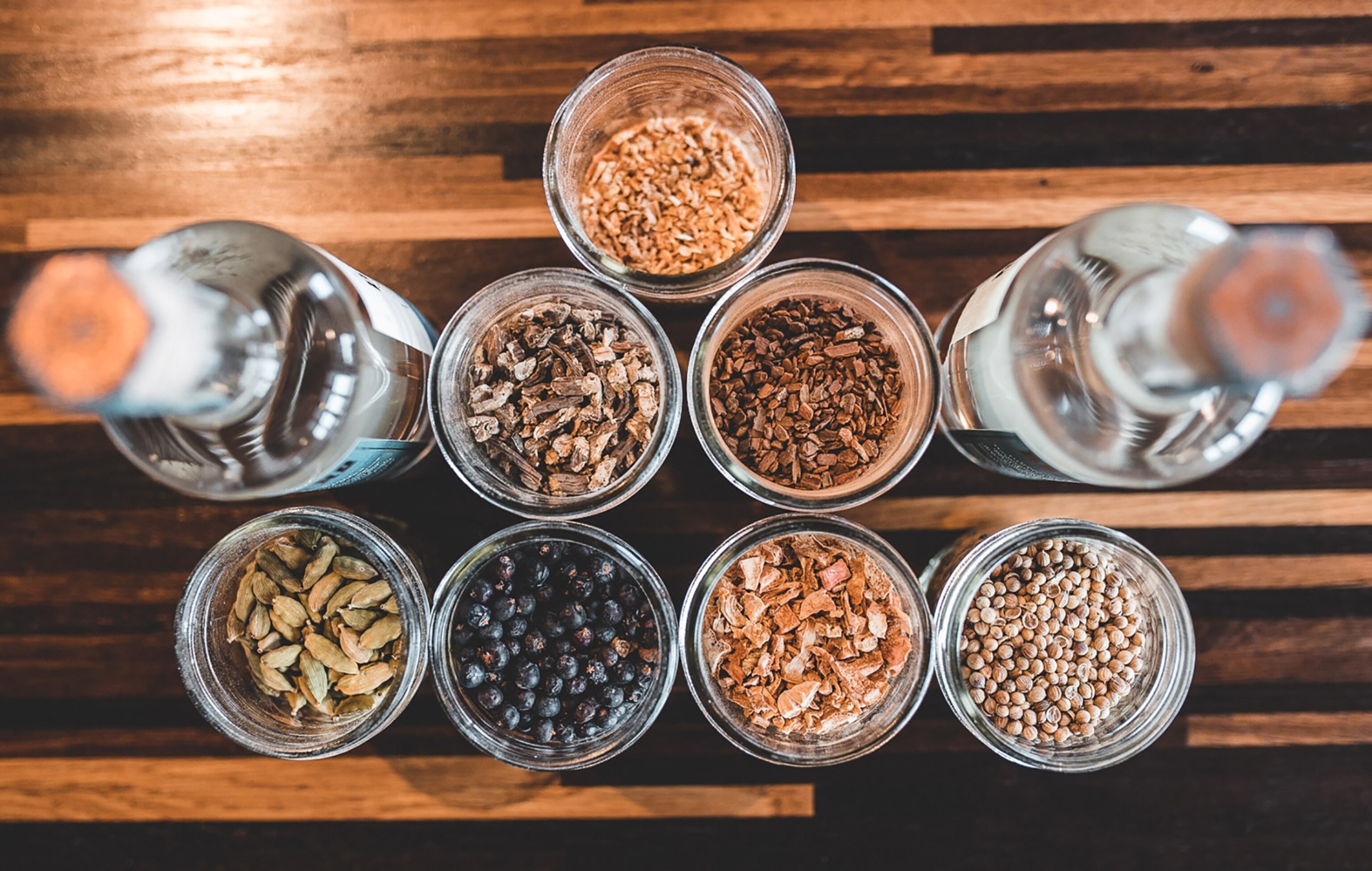
Re:Find Handcrafted Spirits uses saignée sourced from Villicana Winery and other vintners to produce a gin the distillers hope reflects the region as a whole. Bethel Road, an off-shoot of organic Castoro Cellars, takes the marquee vineyard’s sustainability practices straight into the bottles of its newly introduced house gin, with a barrel-aged version on its way. Native herbs flavor the botanical profile of Calwise Spirits Co.’s “Big Sur Gin.” Sage, yerba santa, bay, and elderberry bring the spirit to life.
Crafting wild brews
Like other cities, Paso Robles taps into the craft beer trend, but adds its own twist. At BarrelHouse Brewing, the “Salvaje de Robles” oak-aged line incorporates local fruits; Chenin Blanc grapes turn into the sudsy Chenin Blonde, and vibrant pluots (a plum hybrid) become Wild Dapple Fire. A husband-and-wife team run Silva Brewing. Their lively barrel-aged saisons include Farm Tart and the West Side Stomp, a rosé sour that blends blackcurrant with Grenache blanc and Cinsault grapes. Rosé also informs the Rosalie at Firestone, which then uses the spent grains to feed cattle and make pizza dough.
As Paso Robles’s barrel continues to fill, the area’s familial spirit doesn’t seem to be evaporating. The town has welcomed and encouraged an influx of passionate, sustainability-minded young vintners, distillers, and brewers, says Neil Collins, winemaker at Tablas Creek. But “the old guard ... were so open and willing to share with me their knowledge, wisdom, humor—and a fair splash of whiskey. It’s an honor to be a part of it all.”
How to visit
Get there: From San Francisco, Paso Robles is an easy drive. You can also fly into San Luis Obispo airport, just 32 miles away.
Get around: Once settled, designate a driver: Breakaway Tours, Uncorked Wine Tours, and Toast Tours offer bespoke service and sometimes exclusive access to certain wineries.
Stay: Consider new boutique The Piccolo, with its cozy suites and rooftop bar. Allegretto Vineyard Resort is known for its art collection dispersed throughout the hotel. Alta Colina’s “Trailer Pond” offers a getaway amidst vineyards in five refurbished trailers overlooking a tranquil puddle. Get to know fellow guests at the communal cook area or while playing board games around the campfire.
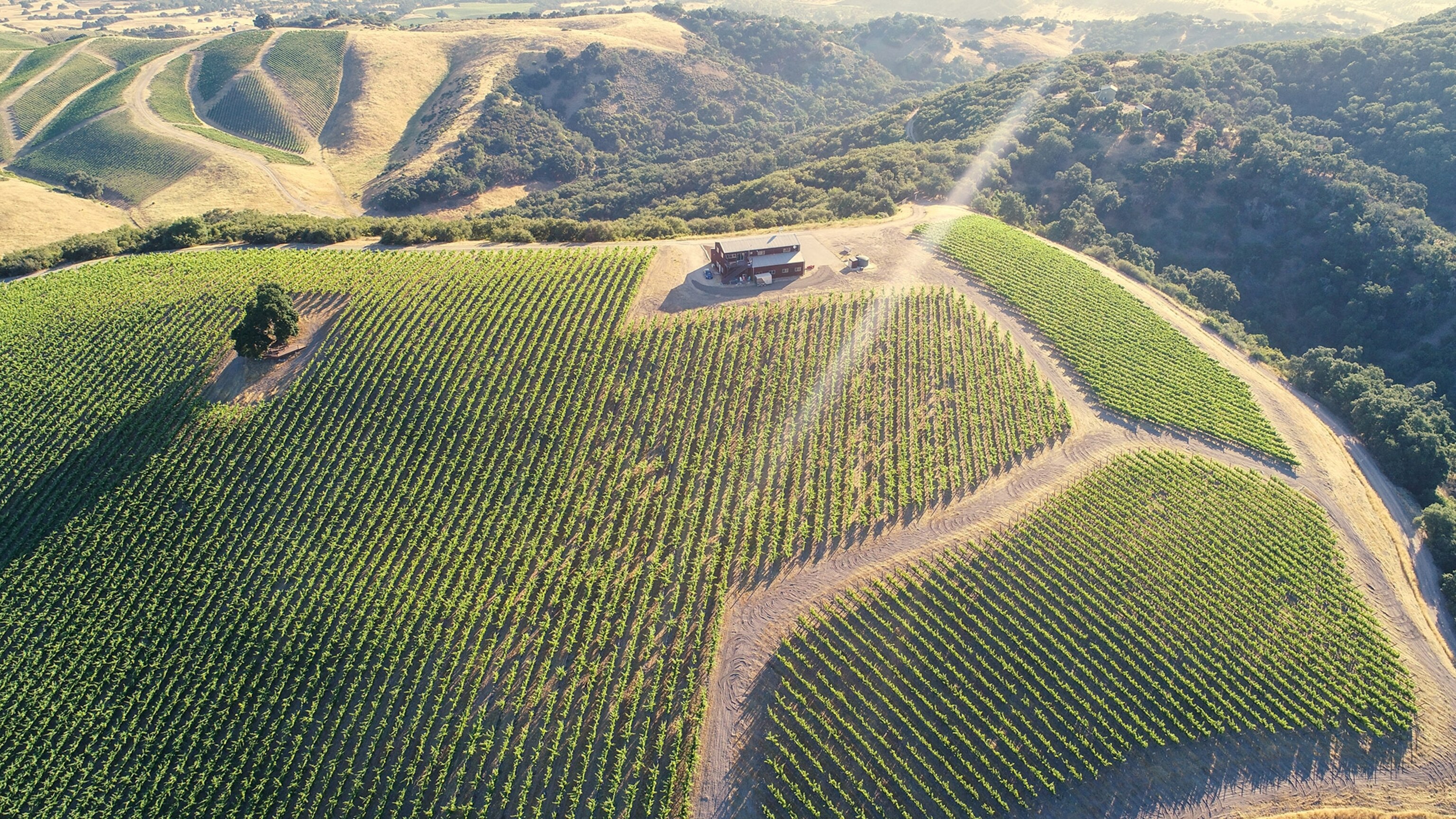
Do: Margarita Adventures provides agritourism activities in, around, and above Ancient Peaks Winery. Zipline over vines, kayak through Santa Margarita Lake, or take a wildlife tour to discover the area’s winged and four-legged fauna.
- National Geographic Expeditions





















